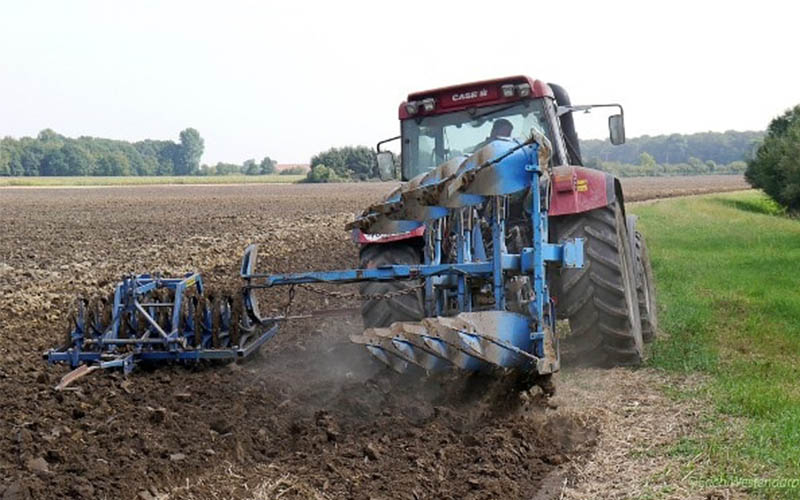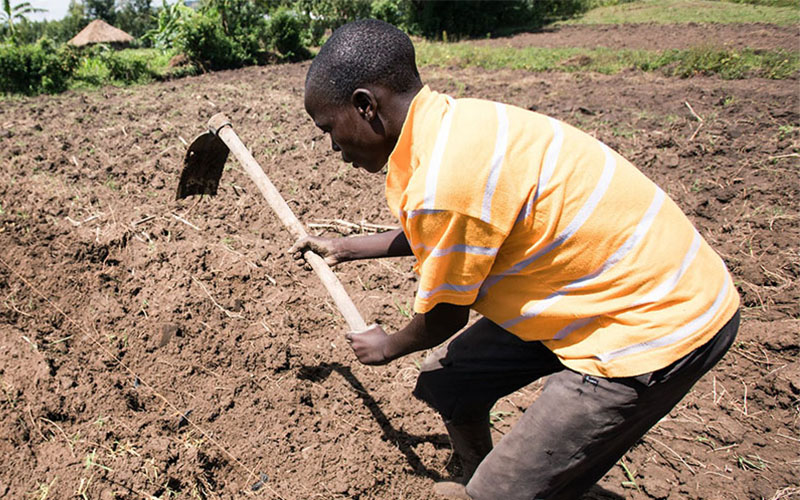CASSAVA PRODUCTION
Cassava is recognized as the main crop for poverty alleviation, increasing food and nutrition security, for animal feed manufacturing and for bio-fuel ethanol industries, as well as alcohol. Cassava also has a huge potential to reduce the import bill on wheat, modified starch, liquid glucose and others.
NAADS supports the production and distribution of disease-free cassava planting material and also supports cassava farmers and SMEs to engage in the processing of quality flour and chips, as well as agribusiness enterprises.

CASSAVA PRODUCTION GUIDE
Cassava is the second major staple food in Uganda.
It is important as it is also a source of household income and can be used for industrial use such as biofuel, pharmaceuticals, ethanol, textile, paperboard, glue and as livestock feeds to mention but a few.
Common Cassava Varieties
| Variety | Maturity period | Yield | Tolerance to Cassava Brown Streak Disease (CBSD) | Resistant to Drought |
| NASE 14 | 12-18 months | 25-30 T/ha | Tolerant | Resistant |
| NASE 19 | 12-18 months | 25-30 T/ha | Tolerant | Resistant |
| NARO CASS 1 | 12-18 months | 25-30 T/ha | Tolerant | Resistant |
| NARO CASS 2 | 12-18 months | 25-30 T/ha | Tolerant | Resistant |
Ecological Requirements
- Cassava grows at all altitudes but best on low medium altitudes. (800-1500 a.s.l)
- Cassava thrives best when rainfall is well distributed throughout the growing season at 1000-1500 mm.
- Avoid acidic soils which is generally noticed by presence of ferns. Soil should have a pH of about 5.5-6.5.
- Cassava needs an optimum temperature range of about 25-32 degrees centigrade in order to thrive.









